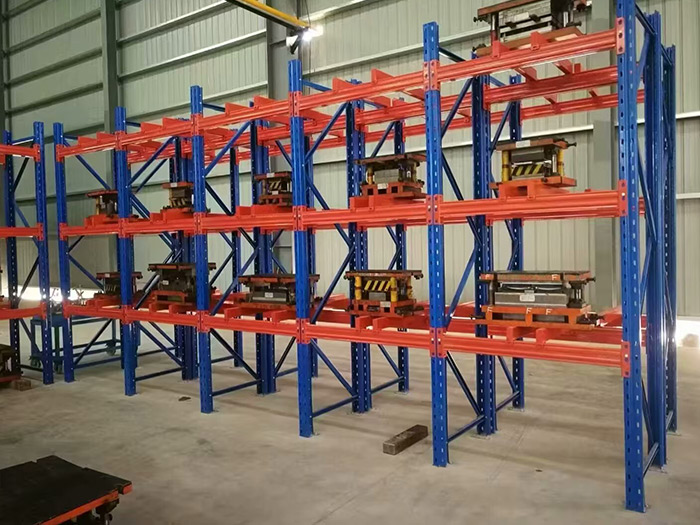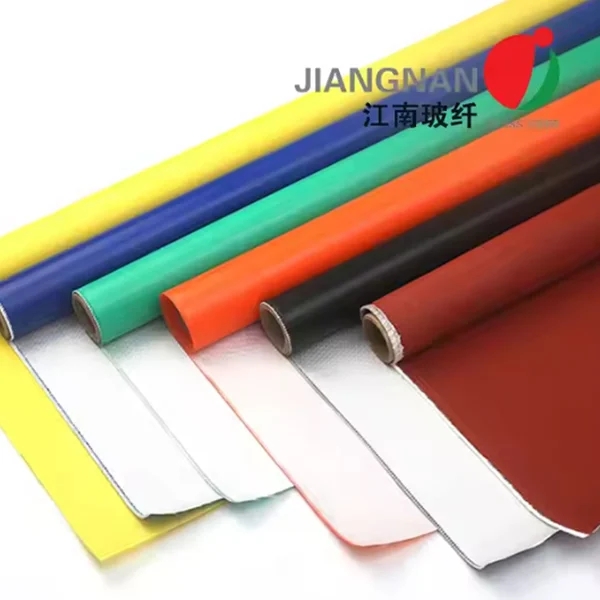In the realm of thermal management, heat sinks play a pivotal role in ensuring the efficient operation of electronic devices. As technology advances, the demand for effective heat dissipation solutions has surged, prompting engineers and researchers to explore various materials that can enhance the performance of heat sinks. This article delves into the most efficient materials for heat sinks, examining their thermal conductivity, weight, cost-effectiveness, and suitability for different applications.
Understanding Heat Sink Fundamentals
Before we dive into the materials, it’s essential to grasp the fundamental principles of heat sinks. A heat sink is designed to absorb and dissipate heat generated by electronic components, thereby preventing overheating and ensuring optimal performance. The efficiency of a heat sink is primarily determined by its thermal conductivity, surface area, and airflow dynamics. Consequently, selecting the right material is crucial for maximizing heat dissipation.
Key Properties of Heat Sink Materials
When evaluating materials for heat sinks, several key properties must be considered:
- Thermal Conductivity: This is the most critical property, as it determines how quickly heat can be transferred from the source to the heat sink and subsequently dissipated into the environment. Materials with high thermal conductivity are preferred.
- Weight: In applications where weight is a concern, such as in aerospace or portable electronics, lightweight materials are advantageous.
- Cost: The economic feasibility of materials is vital, especially for mass production. Balancing performance with cost is a common challenge.
- Corrosion Resistance: In certain environments, materials must withstand corrosion to maintain performance over time.
- Manufacturability: The ease of fabrication and the ability to produce complex geometries can influence material selection.
Top Materials for Heat Sinks
- Aluminum
Aluminum is the most widely used material for heat sinks due to its excellent thermal conductivity (around 205 W/m·K), lightweight nature, and cost-effectiveness. Its ability to be easily extruded into complex shapes allows for increased surface area, enhancing heat dissipation. Additionally, aluminum can be anodized to improve its corrosion resistance, making it suitable for various environments.
- Copper
Copper boasts superior thermal conductivity (approximately 400 W/m·K), making it one of the best materials for heat sinks. Its high efficiency in transferring heat makes it ideal for high-performance applications, such as CPUs and GPUs. However, copper is heavier and more expensive than aluminum, which can limit its use in certain applications. Moreover, copper can oxidize, necessitating protective coatings in some environments.
- Graphite
Graphite is emerging as a promising material for heat sinks, particularly in applications requiring lightweight solutions. With a thermal conductivity of around 150-400 W/m·K (depending on the form), graphite can effectively dissipate heat while being significantly lighter than metals. Its unique properties allow for innovative designs, such as flexible heat sinks, which can adapt to various surfaces.
- Carbon Nanotubes
Carbon nanotubes (CNTs) represent a cutting-edge material in thermal management. With thermal conductivities exceeding 3000 W/m·K, CNTs offer unparalleled heat dissipation capabilities. Their lightweight nature and high strength make them ideal for advanced applications, including aerospace and high-performance computing. However, the high cost and challenges in large-scale manufacturing currently limit their widespread adoption.
- Phase Change Materials (PCMs)
While not traditional heat sink materials, PCMs are gaining attention for their ability to absorb and release heat during phase transitions. These materials can be integrated into heat sink designs to enhance thermal management in applications with fluctuating heat loads. Their effectiveness depends on the specific application and the thermal properties of the PCM used.
Conclusion: Choosing the Right Material
Selecting the most efficient material for a heat sink involves a careful consideration of the specific application requirements, including thermal performance, weight constraints, cost, and environmental factors. While aluminum and copper remain the dominant choices due to their balance of properties, emerging materials like graphite and carbon nanotubes offer exciting possibilities for future innovations in thermal management.


